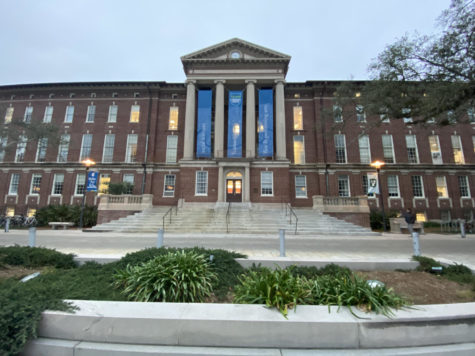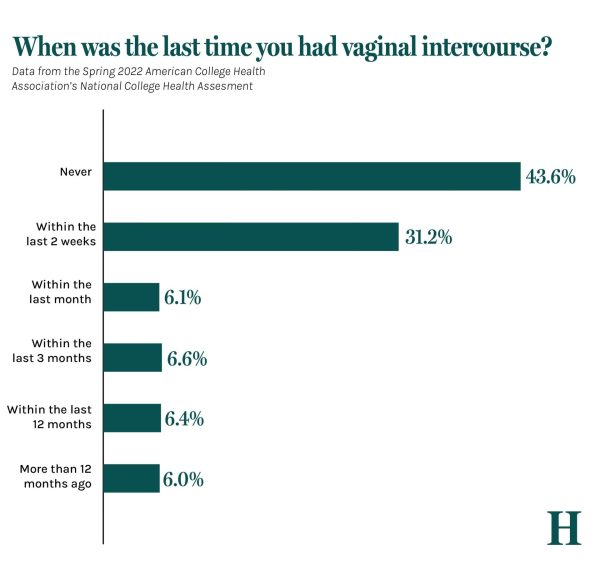BP restoration efforts insufficient even five years later
April 22, 2015
The following is an opinion article and opinion articles do not reflect the views of The Tulane Hullabaloo.
The fifth anniversary of the BP oil spill passed on April 20, which marks the deaths of 11 workers, injuries to 17 civilians, a devastating toll on wildlife and an obscene amount of damage to coastline.
After pumping more than 200 million gallons of oil into the Gulf of Mexico for 87 straight days in 2010, BP promised to clean up its mess and pay for its mistake. Half a decade later, BP senior vice president Geoff Morrell has praised the resilience of the gulf and dismissed the overestimated damage to it. Together, s $28 billion initial response from BP, an upcoming $13-$18 billion liability case against the company, damaged beaches, a crippled economy and dead dolphins, however, all seem to beg to differ.
According to BP.com, the company has done more than any other company to respond to the industrial accident. Yet, its reported $28 billion spent on recovery and 70 million personnel hours sound like lip service to environmental experts who tell a different story.
An NPR article from Tuesday draws attention to Louisiana’s accelerated land loss after the spill, the depletion of key bird nesting islands and increasing rates of dolphin sickness and death in Barataria Bay. Additionally, the recent lack of oyster production in places like Alabama leaves local business owners in the seafood sector suffering economic setbacks, proving BP isn’t the only company paying for the spill.
Now, BP is attempting to appeal both the September claim that it acted with gross negligence or willful misconduct and the $18 billion fine imposed by the federal government for its mistake. This feels like a slap in the face to innocent business owners and workers who got caught up in their sticky oil slick.
A similar oil spill plagued my childhood hometown, Jacksonville, Maryland, when I was 10 years old. The Exxon leak seeped into the wells of our neighborhood and the others nearby, and spurred a $1.53 billion lawsuit that affected 160 households in the area. A nearby family friend summed up her experience and fear of the oil spill in our local paper, The Baltimore Sun, when she described how she was concerned when she brushed her teeth or took a shower.
This distress is ever-present even in our own Louisiana community, as 125 miles of coastline have been polluted by the BP oil spill, amounting to over a quarter of the state’s total shore. Though the oil’s flow was stopped in July 2010, washed up oil still threatens wildlife and may cause lasting damages to people living in the area. Many livelihoods centered on the gulf have deteriorated or become nonexistent as wildlife and tourism diminish and locals’ health has been put at risk because of the contamination surrounding them.
Members of Tulane can reach out to those who continue to be impacted by the spill by registering with The Tulane Center for Public Service. In addition, students can learn more about the spill by participating in research opportunities examining its impact within disciplines like public health, environmental studies and many more.
As BP and United States judges move forward in their discussion of the oil spill, it is important that as members of the Tulane community, we remain active participants in the conversation and in our community’s restoration.
Hayley Dott is a Freshman is a freshman at Newcomb-Tulane College. She can be reached at[email protected].





















Leave a Comment